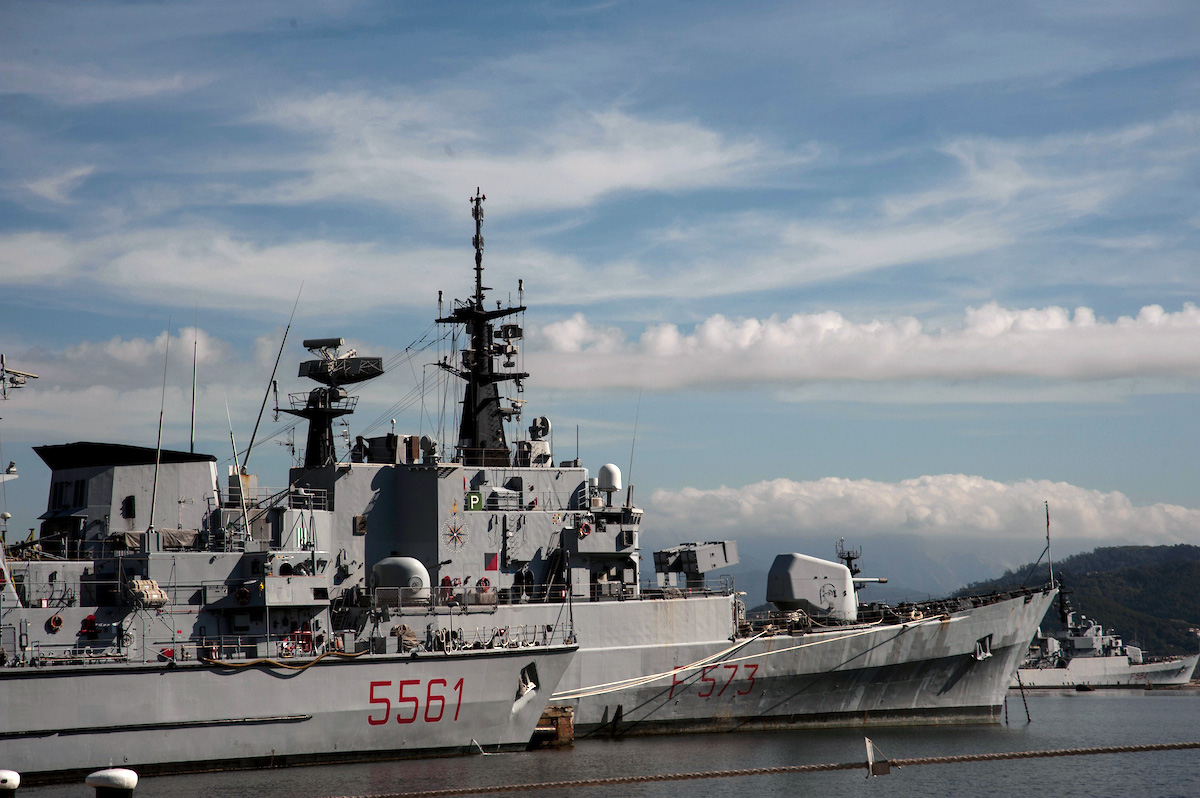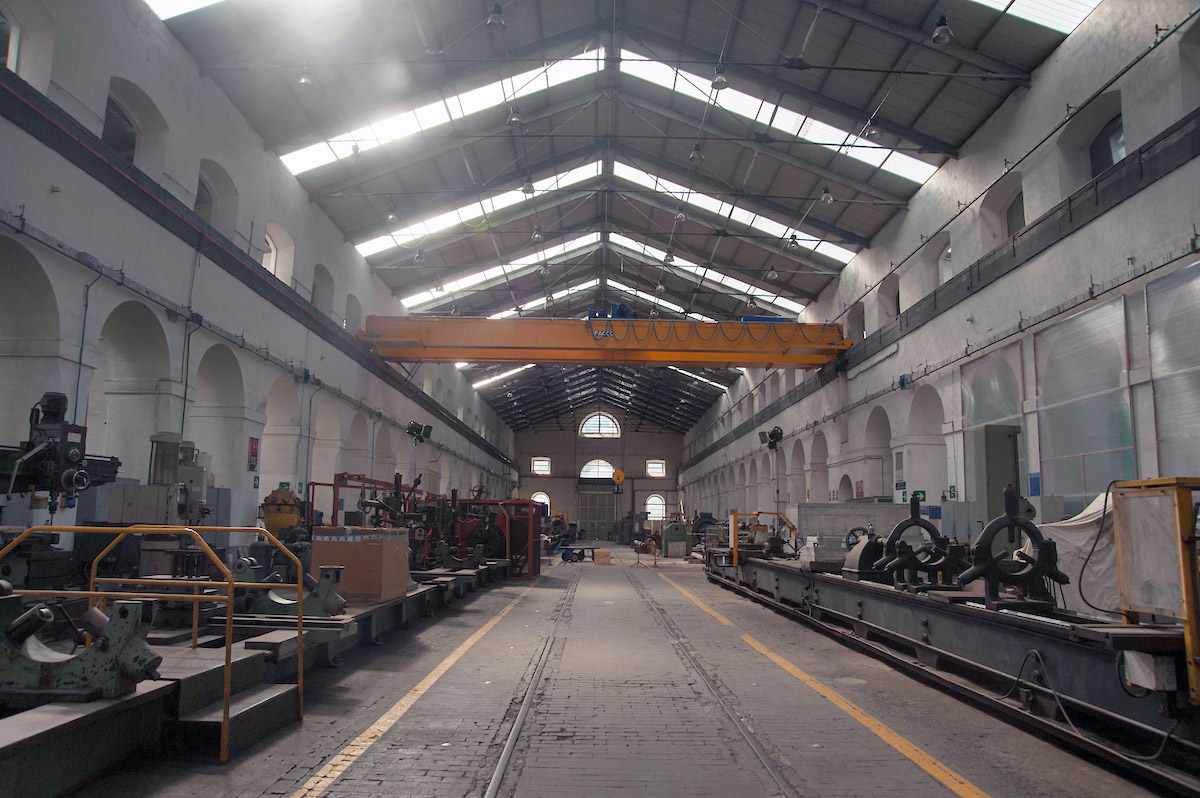 Storicamente il primo a identificare il golfo di La Spezia come possibile sede di un arsenale militare fu Napoleone Bonaparte. L’idea fu ripresa da Cavour che affidò a Domenico Chiodo, ufficiale del Genio militare, la realizzazione della nuova base navale. I lavori per la costruzione dell’arsenale militare marittimo della Spezia iniziarono nel 1862 e terminarono il 28 agosto 1869, quando il generale Domenico Chiodo inaugurò l’impianto, dando il via all’allagamento dei bacini appena costruiti. A protezione dell’Arsenale e della base navale fu poi costruito un sistema di forti opportunamente collocati. Durante la seconda guerra mondiale, a causa della sua importanza strategica, l’arsenale fu pesantemente bombardato e venne quasi completamente distrutto, ma grazie a veloci lavori di ristrutturazione tornò ad essere operativo già nel primo dopoguerra. Per tutto il periodo della guerra fredda l’arsenale è stato sede della Iª divisione navale. Attualmente l’Arsenale dà lavoro a circa 1.000 dipendenti civili e 2.000 militari e si estende su una superficie di quasi 85 ettari.
Storicamente il primo a identificare il golfo di La Spezia come possibile sede di un arsenale militare fu Napoleone Bonaparte. L’idea fu ripresa da Cavour che affidò a Domenico Chiodo, ufficiale del Genio militare, la realizzazione della nuova base navale. I lavori per la costruzione dell’arsenale militare marittimo della Spezia iniziarono nel 1862 e terminarono il 28 agosto 1869, quando il generale Domenico Chiodo inaugurò l’impianto, dando il via all’allagamento dei bacini appena costruiti. A protezione dell’Arsenale e della base navale fu poi costruito un sistema di forti opportunamente collocati. Durante la seconda guerra mondiale, a causa della sua importanza strategica, l’arsenale fu pesantemente bombardato e venne quasi completamente distrutto, ma grazie a veloci lavori di ristrutturazione tornò ad essere operativo già nel primo dopoguerra. Per tutto il periodo della guerra fredda l’arsenale è stato sede della Iª divisione navale. Attualmente l’Arsenale dà lavoro a circa 1.000 dipendenti civili e 2.000 militari e si estende su una superficie di quasi 85 ettari.
Historically the first to identify the Gulf of La Spezia as a possible location for a military arsenal was Napoleon Bonaparte. The idea was taken up by Cavour who entrusted Domenico Chiodo, an officer in the military engineering department, with the construction of the new naval base. The works for the construction of the maritime military arsenal of La Spezia began in 1862 and ended on 28 August 1869, when General Domenico Chiodo inaugurated the plant, giving way to the flooding of the newly built basins. A system of appropriately placed forts was then built to protect the Arsenal and the naval base. During the Second World War, due to its strategic importance, the arsenal was heavily bombed and was almost completely destroyed, but thanks to quick renovations it returned to being operational already in the first post-war period. Throughout the cold war period the arsenal was the site of the 1st naval division. The Arsenal currently employs around 1,000 civil servants and 2,000 military personnel and covers an area of almost 85 hectares.
